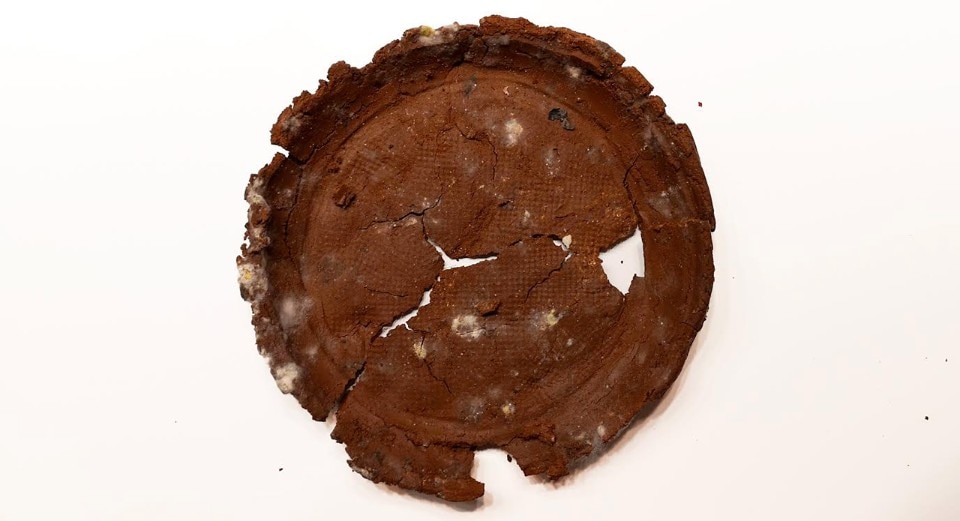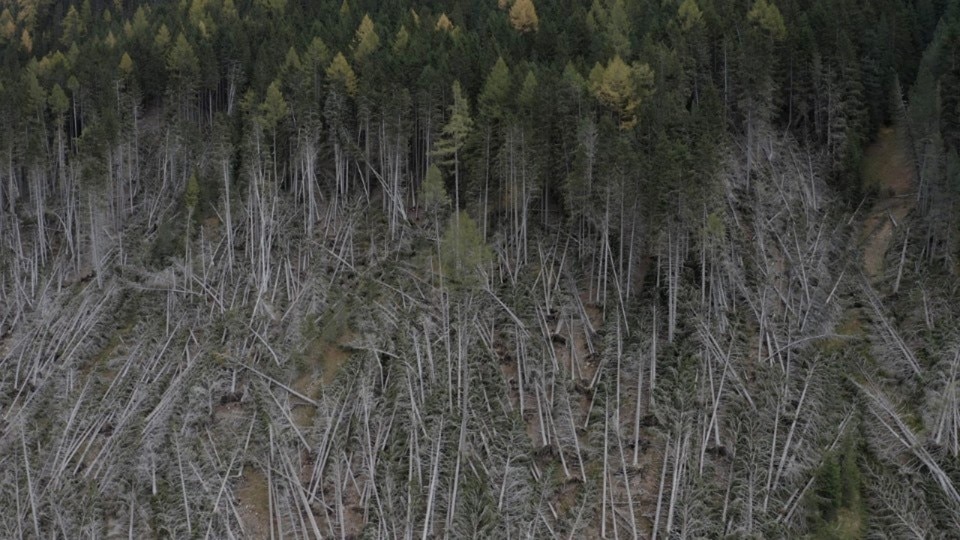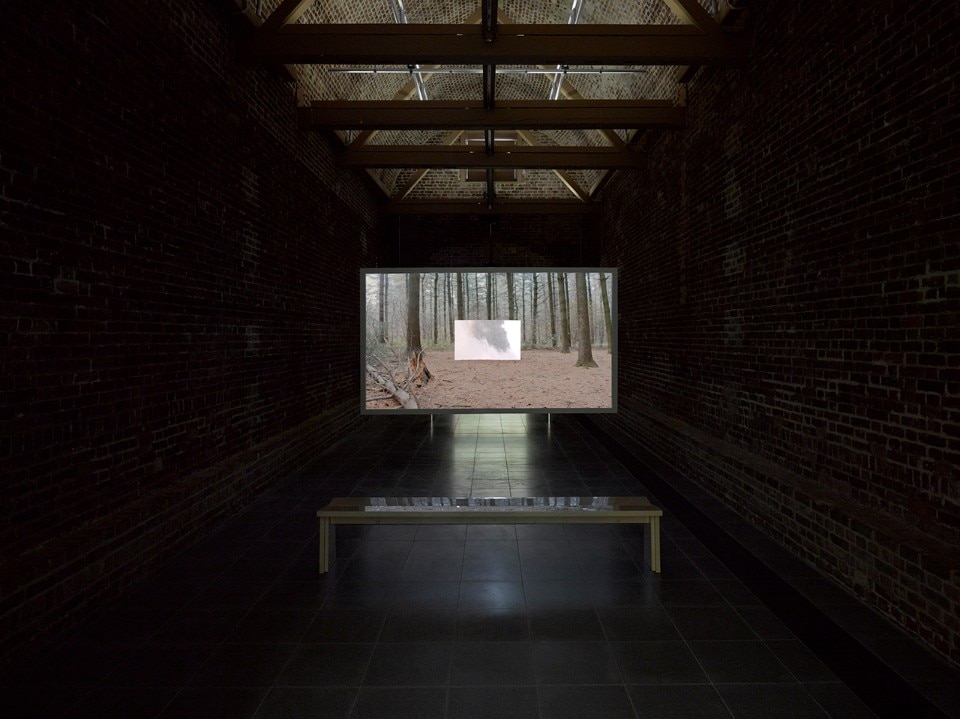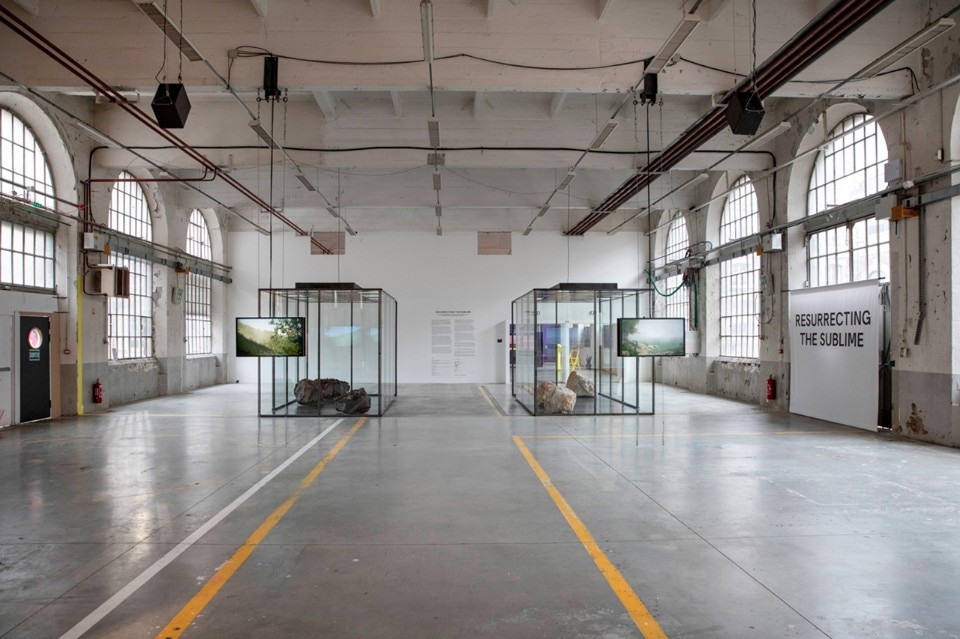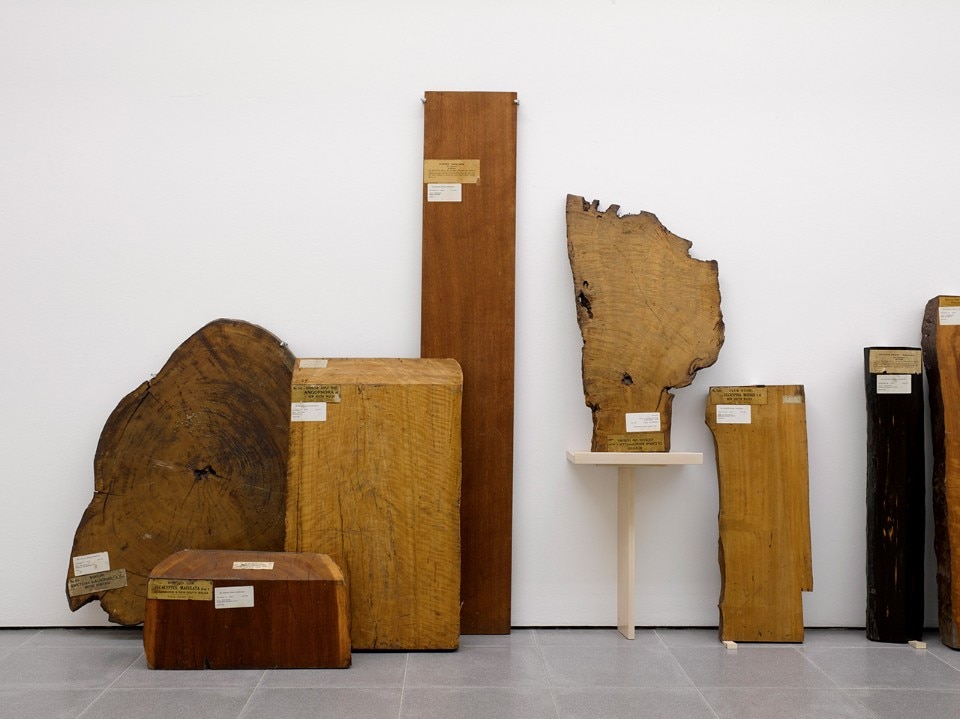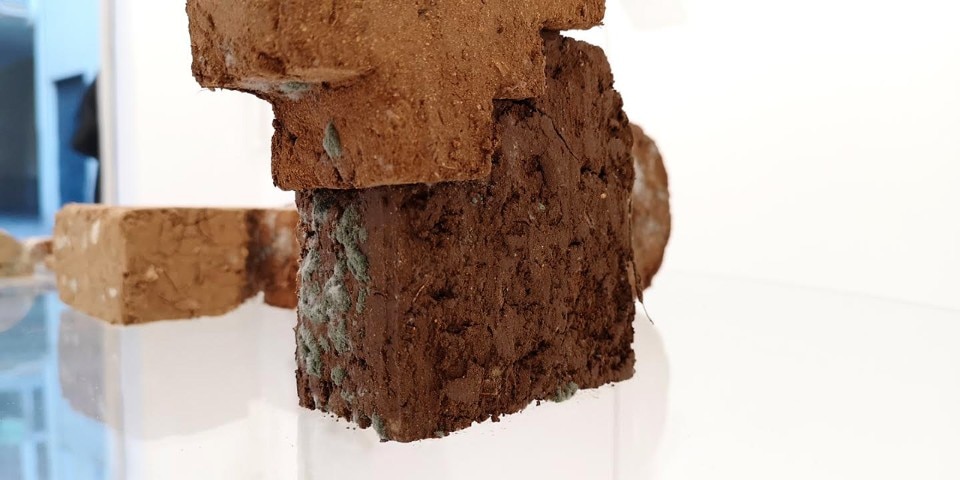We propose exclusively for Domus, divided into four episodes, a debate that took place in the form of an exchange of letters between Marco Petroni, Ani Liu, Giovanni Innella and Emanuele Quinz on the future of design, entitled Black Box Design. Here the first article written by Marco Petroni.
In Science and Action Bruno Latour makes a distinction between “ready-made science” and “science in the making”. The former consists of established scientific facts, praised for their rationality in comparison with the night of ignorance that came before. Such established facts become ‘black boxes’ taken for granted and never opened, thereby concealing an intricate history and internal organization. As Latour puts it, “the impossible task of opening the black box is made feasible (if not easy) by moving in time and space until one finds the controversial topic on which scientists and engineers are busy at work.”
If we look to the history of industrial design, we can assume a sort of ever-developing, field never fixed but continuously questioned. It could be interesting to open the black box of the design field in order to try to change its role in the Anthropocene epoch. It is intriguing how this action is a way to approach the hauntology and ontology of design as a discipline (in French hauntology and ontology are pronounced identically).
The Anthropocene assumes humanity as a homogeneous totality, thus operating a mystification, because, for example, it is not true that all humanity is equally responsible for the increase of greenhouse gas emissions. Taking these inequalities seriously, Jason W. Moore invites us to speak of Capitalocene to refer to the transformations inferred to the environment in the relations to the Capital, typical of an Ecology-world with specific power relations and forms of production of nature.
If we look to the history of industrial design, we can assume a sort of ever-developing, field never fixed but continuously questioned
The Capitalocene does not identify a geological epoch, but it is a useful reference to say that the Anthropocene is a theme that obscures rather than clarifies the understanding of the socio-ecological changes that have been going on for some centuries. Surely this consideration creates a historical short circuit, by placing the start of industrial design (1851) in relation to the advent of a social economic system that produces inequalities and environmental devastation. It is therefore necessary to look at this historical perspective.
The generic theme of environmental deterioration due to indistinct human action is not central: but the role that design can play in a conscious construction of a socio-ecological transformation. This is why addressing the so-called environmental issue means redefining the value of what we do as designers and overcoming the power relations, even patriarchal and colonial, in which we are trapped, building a different, revolutionary, politics of nature.
Capitalism presents itself as a world-ecology that makes use of not only the human nature (work) but also the extra-human natures (resources). If we look at the relationship between capital and nature as a sum of distinct and external elements, we continue to foster an error which, in addition to operating as a matrix for the exploitation of the human, creates nature as an external object, whose appropriation and exploitation represents an apparent good deal. My analysis of the black box design is an invitation to become aware and look at the new scenarios that open up. Maybe is it this assignment the new role for design in the post pandemic world?
Marco Petroni, design theorist and critic, teaches History of Design, Design Culture and Phenomenology of Styles at the Academy of Fine Arts in Naples, collaborates with Domus and edits the Fabulations column for Artribune.




